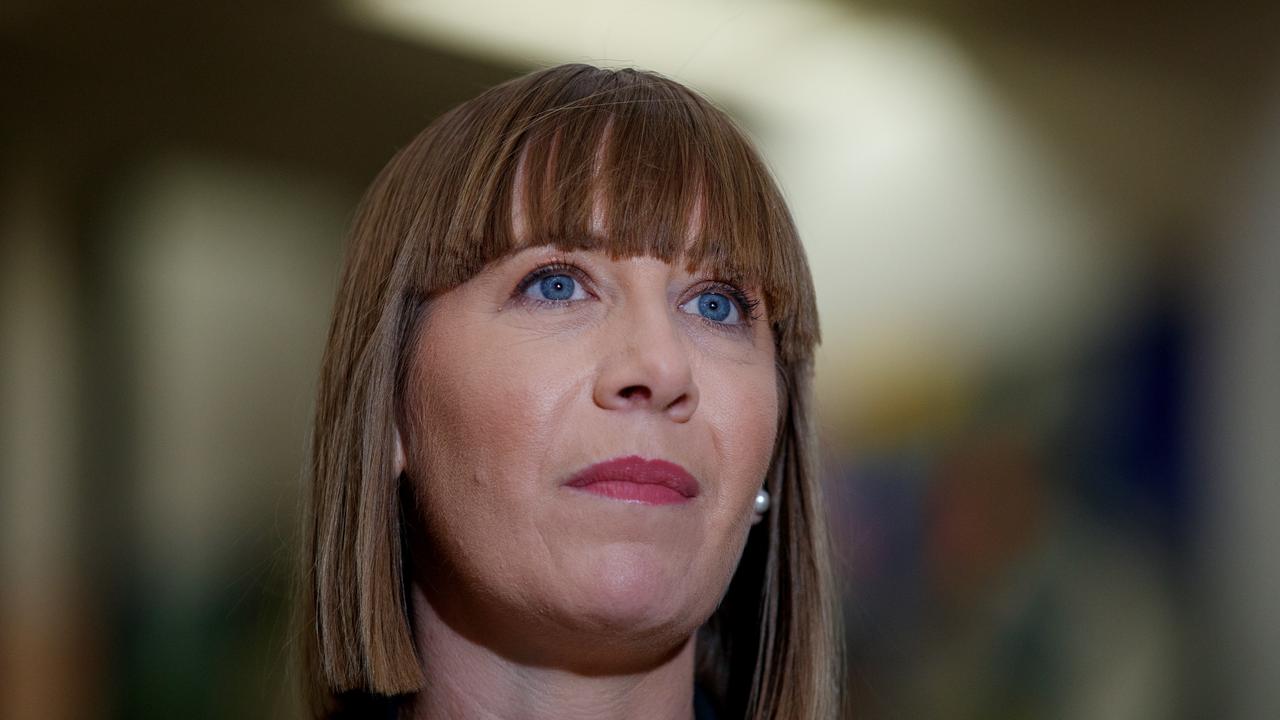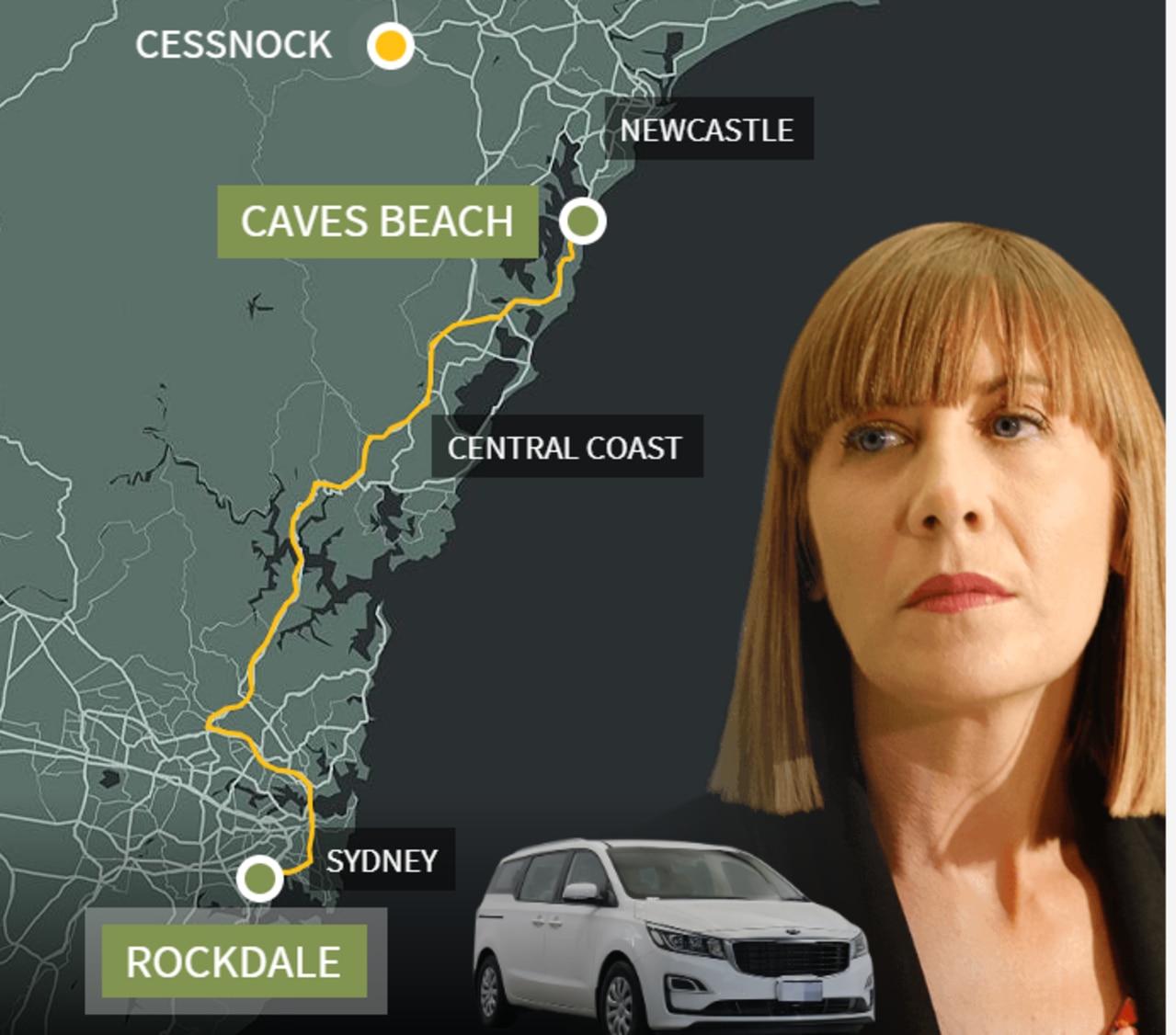Australian-born cheetah Edie released into the wilds of Africa
Wild Cat Conservation Centre has done what no other Australian facility has done before — release a cub born in captivity here into the wilds of Africa. WATCH THE VIDEO of her release.
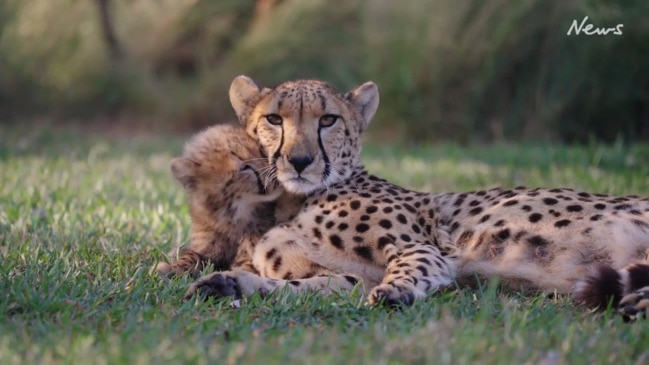
NSW
Don't miss out on the headlines from NSW. Followed categories will be added to My News.
The big cat steps out of the crate and onto the African savanna, stealing a quick glance back at the Australian couple who helped raise her before slinking off into the grass.
She’s home.
It was a bittersweet moment last week for Wild Cat Conservation Centre directors Ben Britton and wife Kahlia, who’d spent more than $100,000, and months of meticulous planning and political wrangling, to get to this point.
They’re proud they’ve managed what no other Australian facility has done before — to release a cub born in captivity in Australia back into the wilds of Africa.
Proud, too, of 18-month-old cheetah Edie who, they say, has been destined for this moment her whole life.
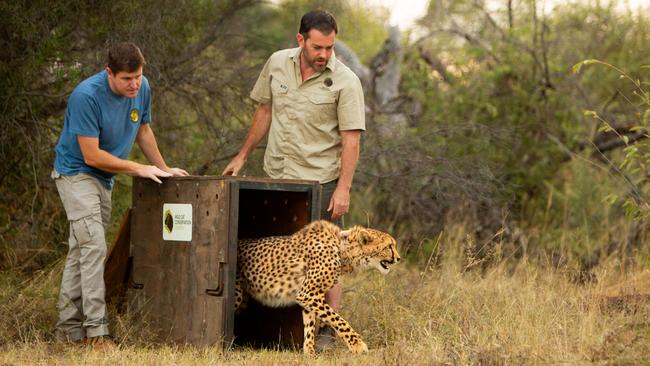
“Anything can happen and we understand that,” said Ben, now back home in the Hawkesbury Valley where he cares for more than 16 wild cats, including Edie’s parents Duke and Emmy.
“But to see her come out, knowing we’ve given her the best possible chance at the best possible life — we couldn’t be more proud.
“She had so much wild in her from the time she was born, it was the right thing to do.
“The minute she stepped out of the crate she looked like she’d lived in Africa her whole life.”
Releasing Edie into the wild at Mziki Private Game Reserve — a two-hour drive from South Africa’s biggest city Johannesburg — was the culmination of a decade-long dream for Ben.
The passionate conservationist has worked with big cats in Africa and Australia for more than 20 years, and established the conservation centre in sleepy Wilberforce in 2016 to better understand, and protect smaller wild cat species, including cheetahs, clouded leopards and servals.
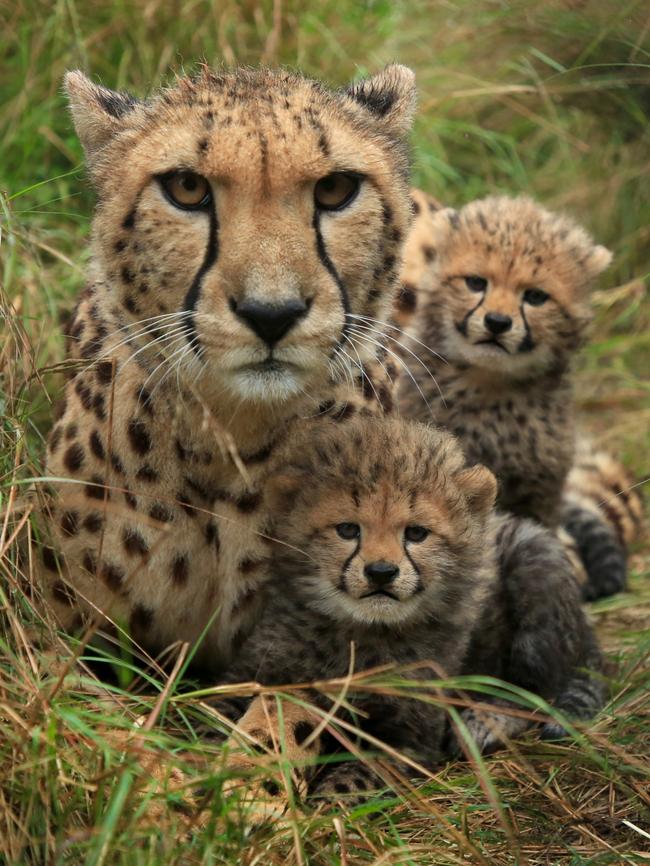
Ben initially brought over five cheetahs from South Africa in 2018 — brothers Duke and Cooper, and three unrelated females Zane, Ziva and Blanca — to establish a breeding program and help conserve a species that is dwindling in the wild, with fewer than 7000 remaining.
Additional females, including Edie’s mum Emmy, have joined the centre in subsequent years to further strengthen the program’s genetics.
Now home to the largest cheetah habitat in Australia, Ben and his team have created an African-style savanna in the Aussie bush — and that’s where Edie’s journey started.
The Sunday Telegraph readers may remember Edie, and her brother Dakari, who shared the front page on October 9, 2022 after their birth in September. The first cheetahs to ever be bred in Sydney and a significant achievement in its own right.
Even as cubs, Ben says, it was little Edie who, although smaller than her sibling, displayed the greater animal instincts.
“We recognised early on that she might be it — the perfect candidate to return to her homeland, to Africa,” he says.
“Even as a young cub she was very bright, very alert and aware of her surroundings.
“She watched, she took everything in, she noticed any change in her surroundings or changes in staff. If someone was wearing a different coloured hat or shirt she noticed.”
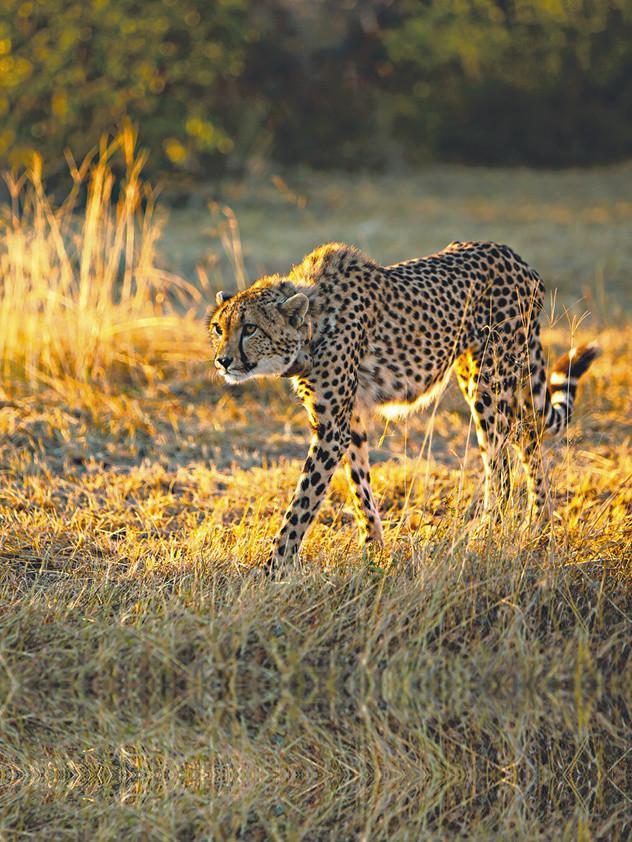
It was also apparent in other ways: how she would crouch down low, how she would “boss” her brother around, even challenge her mother in play.
And in the way she managed a carcass, not expecting the daily diet of deer, kangaroo, goat and rabbit to be cut up cleanly for her, but tearing through fur, flesh and bone to get to the meat and marrow — like the wild animal she was.
“She was always a smart cat, she had a lot of spunk,” Ben says.
“That’s why we chose her for this journey. A less confident cat would not have been able to make the transition.
“We had to make sure she was set up for success.”
Logistically, it’s been tough. The NSW facility is not government funded, relying on donations from community members or corporate partners, as well as fees for its tours, which must be booked in advance.
Ben himself hasn’t drawn a wage for 12 months to bring his dream to life, and it’s taken months to cut through the red tape — and it very nearly didn’t happen.
“From the age of four or five months we knew Edie was the one and we started to put the wheels in motion,” he says.
“We knew the best age for transition was 14 to 18 months — the natural dispersal age when mothers leave their cubs — often they go out for a hunt and just don’t come back.
“But the exportation of a cheetah from Australia to rewild them hadn’t been done before and we needed to get export permits, arrange transportation and, most importantly, prepare Edie for the challenges ahead.”
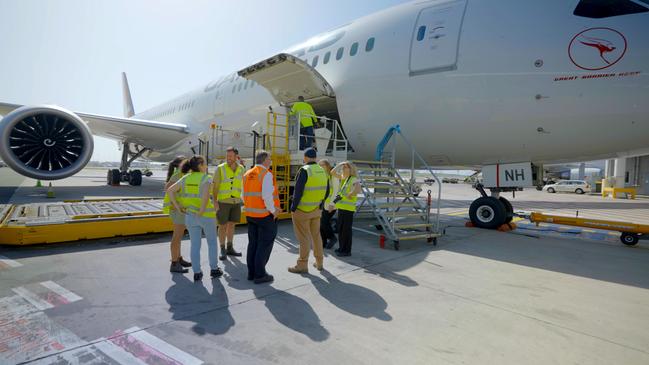
The team set about preparing Edie in a myriad of ways — by feeding her a variety of meats in their natural state; building her muscle tone through running and playing; using a lure system to encourage her to hunt and chase at the centre’s purpose-built savanna.
They worked with politicians — they had the early support of Macquarie MP Susan Templeman and then Environment Minister Tanya Plibersek — who understood their vision and worked hard to make it happen.
Qantas jumped on board, offering a safe and free flight for the young cheetah.
They have also been working with conservation partners, the Cheetah Metapopulation Project and WeWild Africa, to infuse the much-needed genetics of the captive cheetahs in Australia back into the cheetah population in South Africa.
The Cheetah Metapopulation Project works to nurture several populations of cheetahs in mostly private game reserves, swapping cheetahs between these sites to boost the gene pool and ensure the species’ survival.
The 6000ha Mziki reserve was perfect, enabling Edie to have a “soft release”.
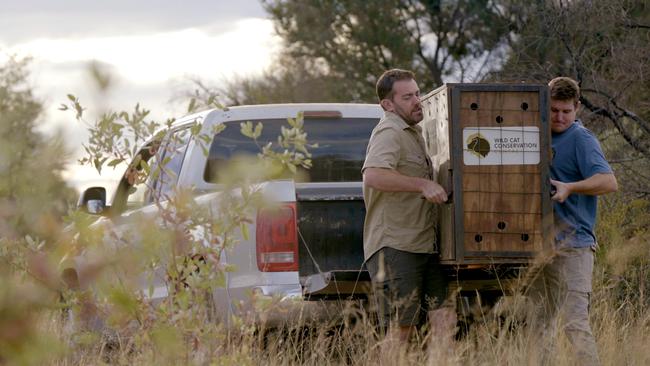
So when she finally touched down in South Africa just before Christmas and completed quarantine, she was first placed in a boma — an enclosure used to settle her and get her acclimatised to her new surroundings.
She tasted antelope for the first time; she would see elephants and monkeys and more — and they would see her.
“Elephants would wander past and you can imagine them thinking ‘there’s a new predator on site’,” Ben says. “And it helped build up her familiarity with all the new animals she’d be sharing a space with.”
Last week, the big day came. Ben and Kahlia had flown back to Africa, and headed straight to the reserve, straight to the boma.
“As soon as we got out of the vehicle and Kahlia called to her, we saw the recognition and Edie moved close to the fence,” Ben says.
“She saw us, but I think she also recognised our voices and the Aussie accent after months of hearing her South African keepers.
“We were glad she recognised us, and we were proud when we saw her.
“She’s a beautiful cheetah — she has a nice big head and a good physique — and she’s filled out even more, and looked in perfect condition.”
On March 19, it was time.
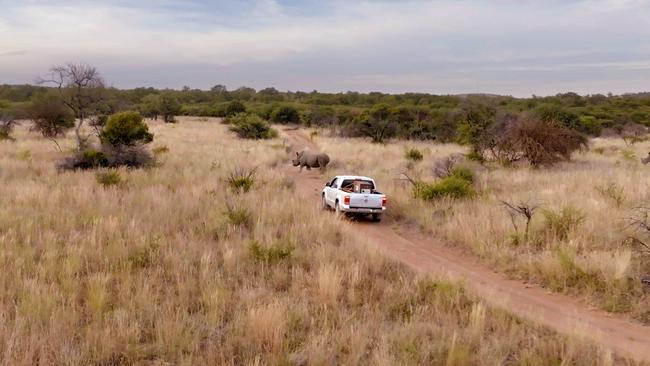
The crate with Edie inside was loaded onto a ute and taken outside the safe enclosure, to be released into the African savanna, in the land her parents had come from.
“I opened the gate and wasn’t sure if she’d stay in there for a time, or run out, but she was very measured, she came out at her own speed,” Ben says.
“She gave the wild a bit of a hiss and pulled her muzzle back, put her head and shoulders down low to make her profile a bit smaller, and then wandered around.
“A couple of metres from the crate she turned around and took a bit of a look at us and then made her way further into the reserve before stopping again at 10 to 20 metres and looking back at us again.
“You can’t beat the morning light in Africa, and as she moved into that light, she looked like she’d been there her whole life.”
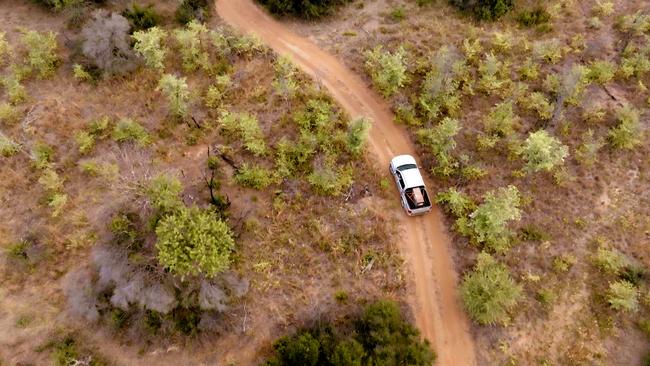
For Ben, a practical man, those precious moments brought “mixed feelings”.
“Up ’til then I’d been very much focused on the practical side of things,” he said.
“There’d been a lot of nerves as it was such a risk, but I’ve always thought ‘if it’s worth doing, it’s worth taking a risk’.
“But once it sunk in, I was so proud of what we’d achieved — I was so proud of her.
“She’s back home and my heart tells me she knows that,” Ben says, his voice breaking just a little.
Edie’s free, yet she’s still supported.
“In the past, people would let big cats out of a crate to release them and you wouldn’t know what happened to them, if they survived,” Ben says.
“Thanks to the soft release approach, she’s well prepared. She’s fitted with a satellite tracking collar and is monitored by a guide for six months.
“It’s his sole job to monitor her, to know where she is and observe her from afar, to make sure she’s establishing herself and make sure she’s hunting for herself.
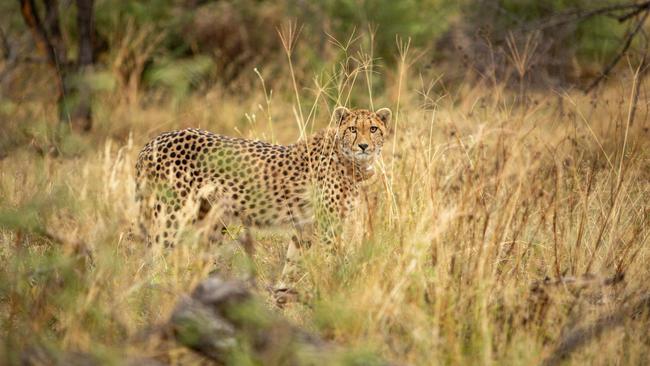
“It’s a soft reserve, there’s no lions or spotted hyena which would be her natural predators and competition for her, but leopards do move through the reserve, there’s crocodiles in the Hex River which runs through it, there’s rhinos there and venomous snakes like cobras, so there’s dangers.
“Poaching is still an issue though the reserve has a good anti-poaching unit.”
Edie will get supplementary feeds until her “first kill”, which Ben imagines will happen any day now.
“All signs are there that she’s settling in, she’s exploring her new surroundings and we get daily updates of where she’s been. Like most cats she sleeps up to 20 hours a day, and while not resting they’ll hunt or move around the reserve.”
In time, a coalition of male cheetahs will be introduced, with the hope that Edie can start her own family, and continue to add to that vital gene pool which will enable generations more to appreciate the rare beauty of her kind.
“We hope that she can produce cubs — if not by the end of this year, then early next year,” Ben says.
“Those cubs will play an important role in the conservation of cheetahs across Africa.”
Edie is the first of what will hopefully be many cheetahs bred at the conservation centre in Sydney and returned to the wild — and Ben hopes individuals or businesses will be inspired to donate to the cause to help grow the program.
“I’ve worked in the industry for a long time and everyone said it was too hard. The only way I could show it could be done was to do it,” he says.
“It’s a privilege for us to spend our lives with these animals, but that comes with an obligation to work towards giving them the choice and agency around their lives.
“Edie was the pioneer, we want others to take the same journey.
“It took nearly a decade to realise my dream and it cost a small fortune, but seeing her last week, and rewatching the footage — I know it was worth every cent.”
Got a news tip? Email weekendtele@news.com.au




